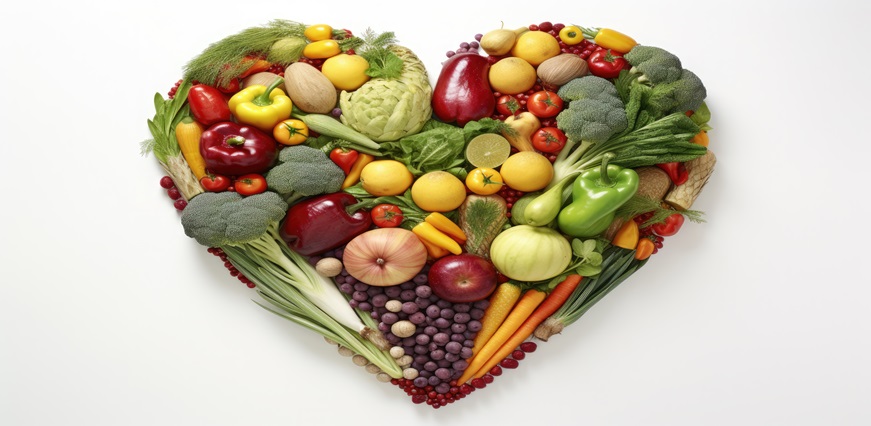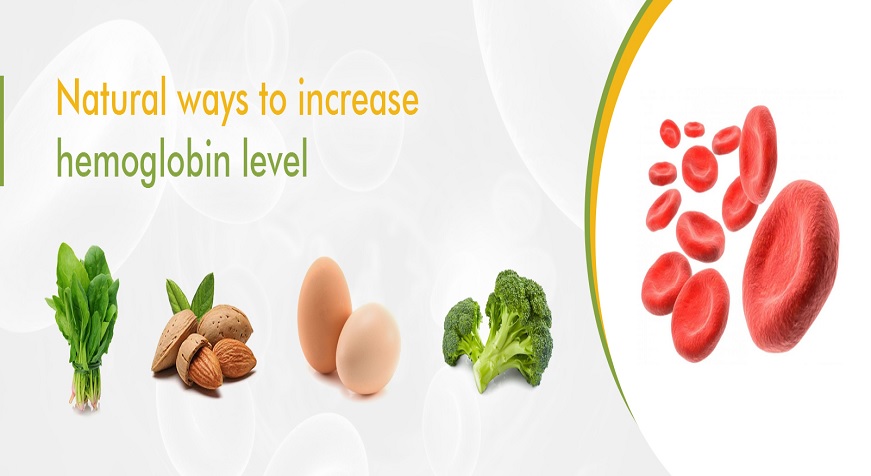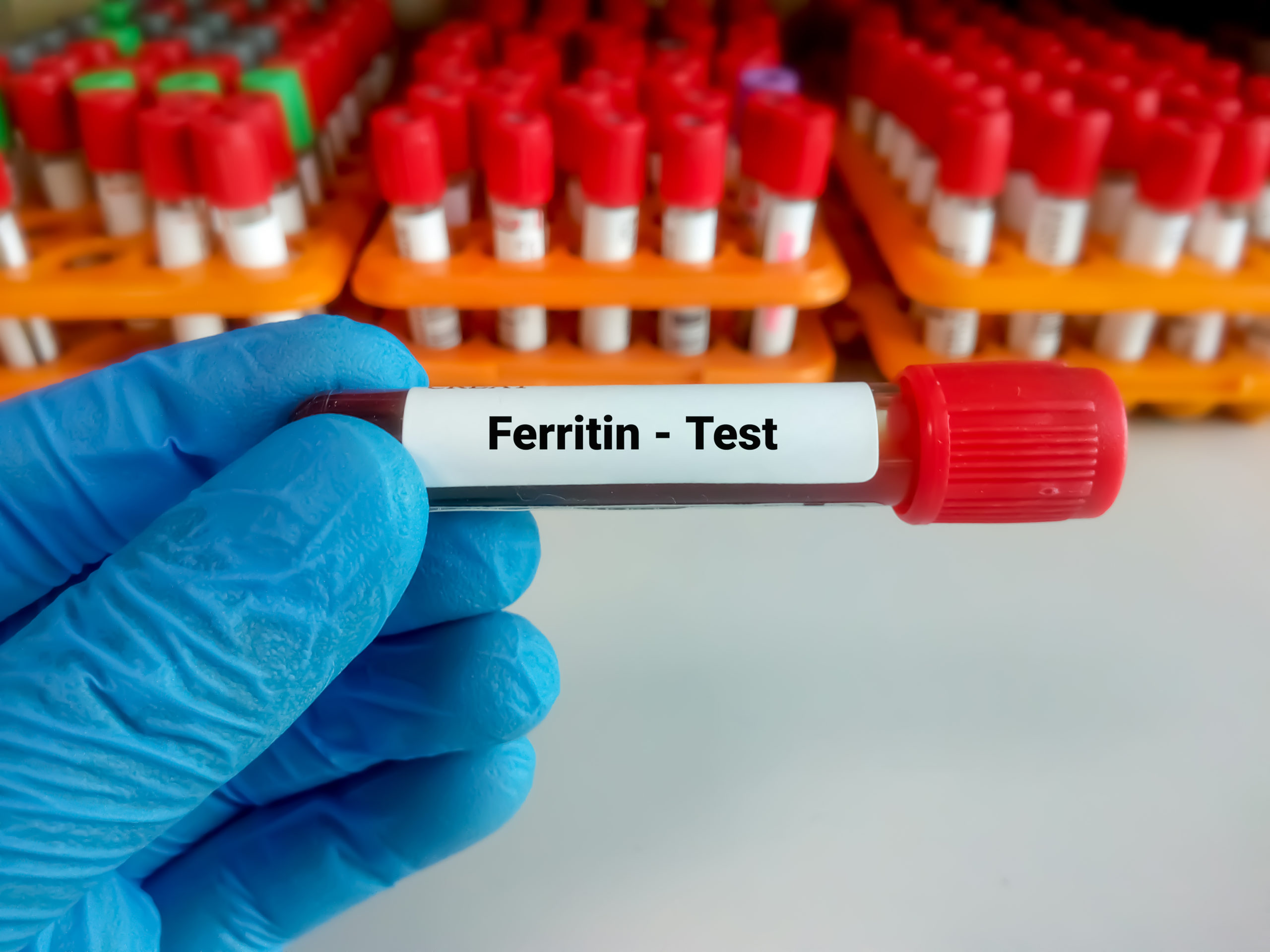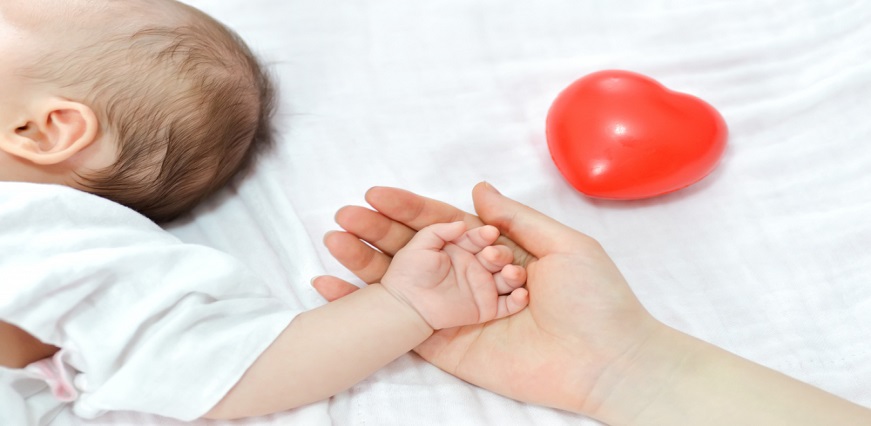Haemoglobin, an iron-rich protein present in the red blood cells, gives blood its red colour. The key role of haemoglobin is to carry oxygen from the lungs and deliver it to the tissues throughout the body via the bloodstream. It also transports carbon dioxide from the tissues back to the lungs, where it is removed from the body during exhalation. Low haemoglobin levels may result in fatigue, weakness, and health concerns. Here’s all you need to know about the reason for low haemoglobin, its symptoms, and the food to increase haemoglobin levels.
What Happens if the Haemoglobin Is Low?
Low haemoglobin levels indicate a condition called anaemia. Anaemia means that either a person has too few red blood cells or that they have red blood cells with an insufficient haemoglobin level to be able to deliver adequate amounts of oxygen to the body’s tissues. When the oxygen-carrying capacity of blood is diminished, some symptoms of low haemoglobin and certain health issues may emerge.
Symptoms of Low Haemoglobin Level
Here are some of the most common symptoms of low haemoglobin:
- Feeling tired and lacking strength.
- Difficulty breathing or feeling breathless.
- Skin appears pale, and hands or feet feel cold.
- Heart beats faster or irregularly.
- Feeling dizzy or faint.
- Pain or discomfort in the chest.
- Nails break easily, and there is hair loss.
- Feeling excessively cold.
- Weak immune system, leading to frequent illnesses.
Reasons behind a Low Haemoglobin Level
There can be several reasons and effects of low haemoglobin, or anaemia. Some of them include:
- Iron Deficiency: Inadequate dietary iron intake or poor iron absorption can lead to low haemoglobin levels. Iron is vital for haemoglobin production.
- Vitamin Deficiencies: Deficiencies of vitamins such as vitamin B12 and folate can impair the body's ability to produce haemoglobin, leading to anaemia.
- Chronic Diseases: Certain chronic conditions like chronic kidney disease, cancer, or inflammatory diseases can interfere with the production of red blood cells and haemoglobin.
- Blood Loss: Excessive blood loss due to injury, surgery, or internal bleeding can also lead to a decrease in haemoglobin levels. Following a diet to increase haemoglobin levels in the blood naturally, which is rich in iron and vitamin C, is essential.
- Bone Marrow Disorders: Disorders affecting the bone marrow, such as aplastic anaemia or myelodysplastic syndrome, can impair the production of red blood cells and haemoglobin.
- Genetic Conditions: Inherited conditions like thalassemia or sickle cell anaemia can affect haemoglobin production and lead to low levels as well.
- Chronic Infections: Certain chronic infections or inflammatory conditions can disrupt the normal production of red blood cells and haemoglobin.
- Medication: Some medications, such as certain antibiotics or chemotherapy drugs, can affect haemoglobin levels as a side effect.
Following a balanced diet to increase HB levels is crucial for individuals with low haemoglobin levels, promoting overall health and vitality.
Food to Increase Haemoglobin Level
Here are some nutrient-rich foods to increase haemoglobin levels and promote overall health.
- Leafy Green Vegetables: Leafy greens like spinach, kale, and broccoli provide vital nutrients like iron, folate, and vitamin C, which are crucial for haemoglobin synthesis. Iron supports red blood cell production, while folate contributes to cell formation. Leafy vegetables are an excellent choice of food that increases blood in the body in a natural way.
- Legumes and Beans: Legumes and beans such as lentils, chickpeas, and kidney beans are abundant in iron, protein, and folate. Adding these plant-based protein sources to your meals can notably enhance haemoglobin levels. Additionally, they are low in fat and offer additional advantages like fibre, which supports digestion.
- Poultry and Seafood: Poultry, including chicken and turkey, as well as seafood such as fish and shellfish, provide ample iron and vitamin B12, vital for maintaining optimal haemoglobin levels. Adding lean poultry cuts and incorporating a range of fish like salmon, tuna, and sardines, which boast omega-3 fatty acids, supporting cardiovascular well-being in the diet is a great way to increase haemoglobin levels.
- Nuts and Seeds: Nuts and seeds like almonds, walnuts, flaxseeds, and pumpkin seeds are nutrient-rich snacks known for enhancing haemoglobin levels. Packed with iron, vitamin E, and essential minerals, these options offer a healthy way to support and sustain haemoglobin levels.
- Fortified Cereals and Whole Grains: Eat whole grain products and fortified cereals containing ample iron and essential nutrients. Look for added iron, folic acid, and vitamin B12 on the labels. These fortified foods help increase red blood cells and boost haemoglobin levels.
- Fruits: Incorporate pomegranates, apples, citrus fruits (oranges, lemons, grapefruits), and berries into the diet. These fruits are rich in iron, vitamin C, and antioxidants, facilitating iron absorption and haemoglobin production.
Haemoglobin is vital for delivering oxygen to all cells, ensuring optimal bodily function. A balanced diet rich in haemoglobin foods like lean meats, leafy greens, and legumes is crucial for maintaining healthy blood levels and overall well-being. Moreover, frequently testing haemoglobin levels helps detect any deficiencies early and enables timely intervention.













 7982100200
7982100200





















 To reach our help desk call 9213188888
To reach our help desk call 9213188888.png)
Comments